The REX CO2 Laser system harnesses the power of PhotoAcoustic Technology Pulse (PTP), offering a cutting-edge solution for skin rejuvenation. Utilizing a superior flat-top beam, the laser distributes energy evenly across the skin, minimizing the risk of epidermal injury by avoiding spikes and hot spots.
The REX CO2 Laser takes PhotoAcoustic technology to the next level, delivering maximum energy through very narrow pulse widths, increasing peak power by up to 50%, even at larger spot sizes. This unique dispersion not only enhances the effectiveness of the treatment but also ensures a comfortable experience for the patient.
Through its dual-action effect—both PhotoAcoustic and photothermal—the REX CO2 Laser promotes collagen stimulation, leaving your skin looking rejuvenated and more youthful. Clinical studies show that the PTP mode delivers improved efficacy, safety, and patient satisfaction.
Key Technology Features
- PhotoAcoustic Technology Pulse (PTP): A unique pulse dispersion that offers maximum energy delivery with up to 50% more power, increasing treatment efficacy.
- Flat-Top Beam Technology: Ensures an even energy distribution over the skin’s surface, reducing the risk of hotspots and ensuring consistent treatment.
- Dual Collagen Stimulation: Simultaneous PhotoAcoustic and photothermal effects stimulate collagen production for noticeable skin rejuvenation.
- High Peak Power and Short Pulse Duration: Provides greater power in nanosecond pulses, achieving optimal treatment results even on larger spot sizes.
- Increased Patient Comfort and Safety: The even distribution of energy minimizes epidermal damage and discomfort, making treatments safer and more comfortable.
How to Use REX CO2 Laser
REX CO2 Laser treatments should be administered by trained professionals only. The laser parameters should be set based on individual skin types and treatment goals. The patient’s skin should be cleansed before the procedure, and appropriate safety goggles should be worn to protect both the patient’s and practitioner’s eyes during the session.
General FAQs
Q1: What is the REX CO2 Laser used for?
A: The REX CO2 Laser is primarily used for skin rejuvenation, including fine lines reduction, pigmentation correction, and stimulating collagen production for improved skin texture.
Q2: How does PhotoAcoustic Technology benefit the skin?
A: The technology delivers energy evenly across the skin, minimizing the risk of epidermal injury and ensuring safe and effective treatments with optimal results.
Q3: How soon can I see results after a REX CO2 Laser treatment?
A: Many patients notice immediate improvements in skin texture and tone. Full results typically appear within 2-4 weeks as collagen production is stimulated.
Q4: Is the treatment painful?
A: The PTP mode used by REX CO2 Laser provides greater patient comfort by delivering energy in short pulses, making the treatment more comfortable compared to traditional CO2 lasers.
Q5: How many sessions are required for optimal results?
A: The number of sessions varies based on individual skin conditions and treatment goals. Most patients see significant results after 3-5 sessions spaced a few weeks apart.
Q6: Can the REX CO2 Laser be used on all skin types?
A: Yes, the REX CO2 Laser can be customized for various skin types. However, it is important to adjust settings based on skin sensitivity and type for safe treatment.
Q7: Are there any side effects after the treatment?
A: Temporary side effects such as redness, swelling, and mild sensitivity may occur post-treatment but usually subside within a few days.
Q8: How long does each treatment session take?
A: A typical session with the REX CO2 Laser can last between 15 to 45 minutes, depending on the treatment area and the skin concern being addressed.
Q9: Can REX CO2 Laser be used in combination with other skincare treatments?
A: Yes, it can be combined with other treatments like microdermabrasion and chemical peels for enhanced results. Consult a professional for the best combination therapy plan.
Q10: What is the downtime after a REX CO2 Laser treatment?
A: Downtime varies depending on the treatment intensity. Light sessions may have little to no downtime, while deeper treatments may require 3-7 days for full recovery.
Dermatologist FAQs
Q1: How does the PTP mode enhance the REX CO2 Laser’s efficacy?
A: The PTP mode delivers very narrow pulse widths with higher peak power, maximizing energy delivery and improving the treatment’s efficiency without compromising comfort.
Q2: Can REX CO2 Laser be used to treat acne scars?
A: Yes, the laser is effective for treating acne scars by stimulating collagen production and improving the skin’s texture and tone.
Q3: What makes REX CO2 Laser different from traditional CO2 lasers?
A: Unlike traditional lasers, REX CO2 uses PhotoAcoustic Technology Pulse (PTP) to evenly distribute energy, providing more effective results with minimal risk of epidermal injury.
Q4: Can REX CO2 Laser be used for deeper skin resurfacing?
A: Yes, the laser’s short pulse durations and high peak power make it suitable for both superficial and deeper skin resurfacing treatments.
Q5: Is there a need for pre-treatment preparation?
A: Patients should cleanse their skin thoroughly before treatment and avoid direct sun exposure for a few days before and after the session.
Q6: How does REX CO2 Laser stimulate collagen?
A: The laser’s dual-action—both PhotoAcoustic and photothermal effects—triggers collagen synthesis, leading to firmer and rejuvenated skin.
Q7: Can I use the REX CO2 Laser on the body as well as the face?
A: Yes, the laser is versatile and can be used on various body areas, including the neck, chest, and hands, depending on treatment goals.
Q8: Are results from REX CO2 Laser permanent?
A: Results are long-lasting but may require maintenance sessions to sustain the rejuvenated effect as the skin continues to age.
Q9: Is the REX CO2 Laser safe for darker skin tones?
A: The laser is safe for most skin tones, but settings must be carefully adjusted to avoid pigmentation changes, particularly for darker skin tones.
Q10: How should post-treatment care be managed?
A: Patients should avoid sun exposure, use a gentle cleanser, and apply a broad-spectrum sunscreen. Hydrating creams are also recommended to support healing.

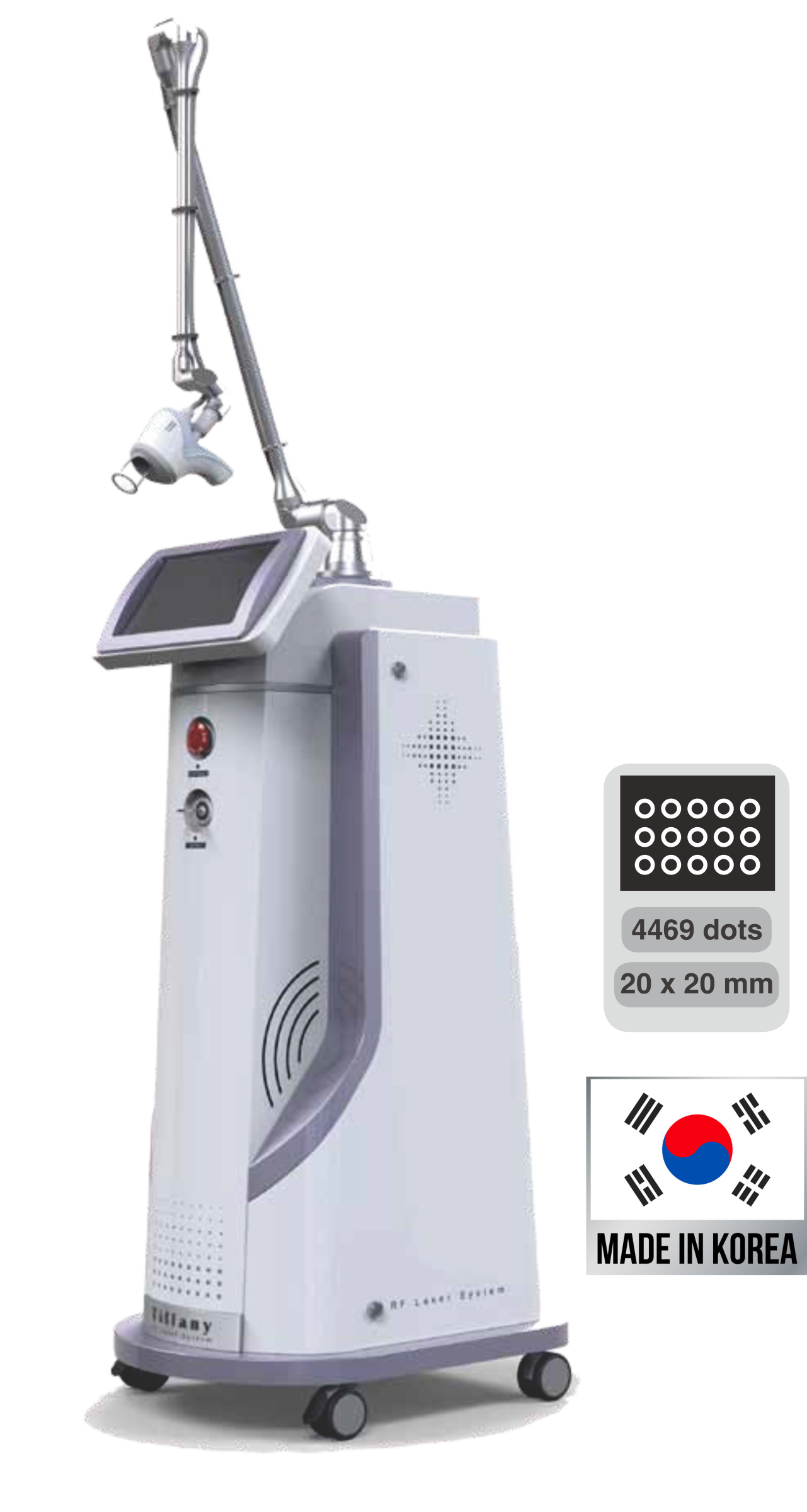


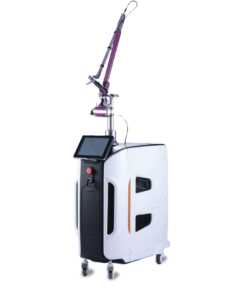
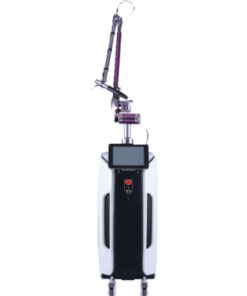
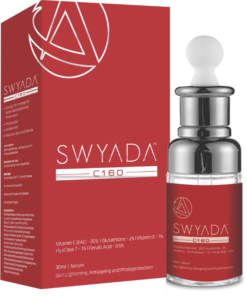
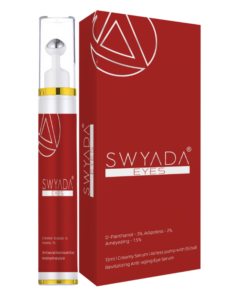
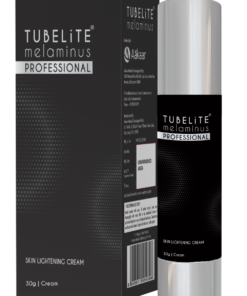
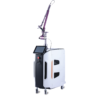
Reviews
There are no reviews yet.